Picture a classroom where diversity isn’t simply accepted - it’s built into the design. Where learning isn’t a one-lane highway but a network of creative pathways. That’s the future higher education must embrace if it wishes to support neurodivergent students in more than name.
Neurodiversity isn’t a buzzword; it’s a cognitive revolution. It recognizes neurological differences such as autism, ADHD, dyslexia, and dyspraxia as natural variations of the human mind. Yet, higher education often remains locked in an outdated system built for sameness. Neurodivergent students navigate these halls not just seeking knowledge, but fighting an invisible current.
The question isn’t whether they belong, they do. The question is: when will institutions stop trying to retrofit them into old moulds and instead reimagine the mould itself?
A New Architecture: From Compliance to Co-Creation
Too many universities treat neurodivergence as a glitch to accommodate. But we don’t build ramps only when someone complains about stairs. We build them because accessibility is ethical infrastructure. Likewise, Universal Design for Learning (UDL) offers the academic ramp for neurodivergent students. It champions multiple means of engagement, representation, and expression.
Instead of lectures and rigid exams, think audio transcripts, captioned videos, open-book reflections, and co-designed assessment formats. Let students write reflective blogs, record podcasts, or construct visual mind maps. At Ashoka University, students receive customized support like flexible deadlines and curated learning tools, while OP Jindal’s Centre for Neurodiversity Studies puts these principles into action through research and community engagement.
India’s National Education Policy (NEP) 2020 and Rights of Persons with Disabilites (RPwD) Act 2016 mandate inclusive practices, but implementation must go beyond policy PDFs. It must be woven into the educational DNA -course outlines, mentorship models, recruitment, and beyond.
Predictability and Psychological Safety: The Unsung Pedagogies
Neurodivergent learners often excel in abstract thinking or hyper-focus but falter in noisy, ambiguous, fast-paced environments. The antidote? Predictability. Clear syllabi, weekly overviews, and consistent feedback reduce cognitive overload. It’s like turning a stormy sea into a navigable channel.
A professor who says, “I know we all learn differently - feel free to share what supports your success,” does more than invite dialogue; they dismantle fear. Creating such environments isn’t about being ‘nice’, it’s about unleashing potential that our rigid structures suppress.
.jpg)
The Myth of Meritocracy: Rethinking Assessment and Value
Standardized assessments pretend everyone starts at the same line. Neurodivergent students often begin yards behind, not for lack of intellect but due to design flaws in the academic race. High-pressure exams, fast-ticking clocks, and tightly packed slides don’t test brilliance; they test conformity.
Why Culture Change Trumps Compliance
Here’s the real pivot: higher education must move from an inclusion mindset to an empowerment model. Inclusion asks, "Can we let you in?" Empowerment says, "We built this with you in mind."
Disability cultural centres and neurodivergent-led committees should be the norm. At Jindal Global University, annual Neurodiversity Fests and student-led advocacy exemplify this shift. Universities must move from being gatekeepers to co-pilots, inviting neurodivergent voices into governance, curriculum design, and peer mentorship.
Intersectionality: The Invisible Multipliers
Not all neurodivergence is read equally. A student with ADHD may be misread through the lens of bias. Neurodiversity strategies must be intersectional. Culture-specific training, multilingual supports, and community-based partnerships with NGOs like Action for Autism are crucial to avoid replicating marginalization under the guise of equity.
.jpg)
The Future Is Flexible, But Only If We Build It
Universities worldwide face pressure delivering employability, social mobility, and research impact. Yet they routinely fail their most innovative thinkers—neurodivergent students whose perspectives, creativity, and problem-solving approaches could address humanity's thorniest challenges. The cost of this failure extends beyond individual students to collective loss of potential breakthroughs, diverse viewpoints, and transformative ideas.
The true test of institutional commitment isn't neurodivergent student presence but whether their potential gets unlocked. Empowerment demands systemic change across culture, pedagogy, and support - rejecting deficit narratives, designing flexible teaching, coordinating person-centered services, and applying intersectional frameworks.
We stand at an inflection point. Higher education can continue marginalizing neurodivergent brilliance through outdated systems or we can reimagine learning environments where cognitive diversity fuels innovation, empathy, and excellence. The graduates emerging from truly neuroinclusive universities won't just survive; they will revolutionize fields, challenge conventions, and enrich humanity with their irreplaceable perspectives.
In an era demanding creative solutions to climate crisis, technological disruption, and social transformation, can we afford to silence the minds thinking differently? The answer determines not just individual student success but the future we collectively build.
True inclusion isn't a checklist. It's an ethos. And the future belongs to those bold enough to design for difference.





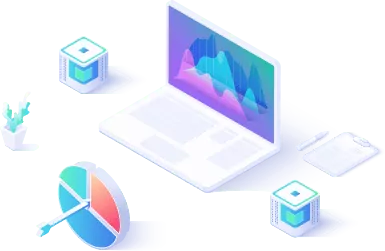

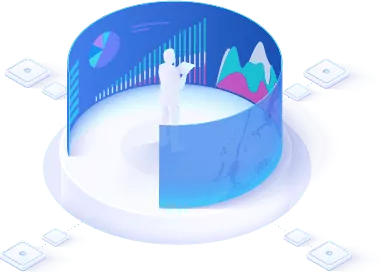



























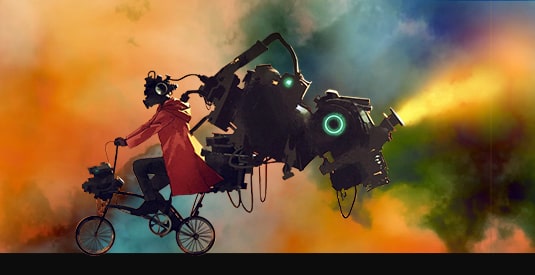



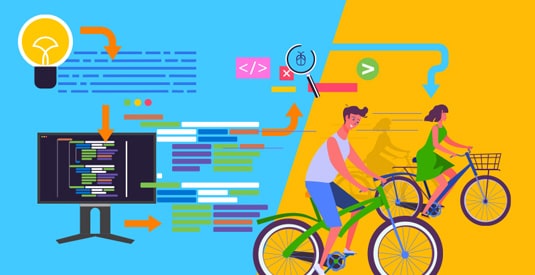

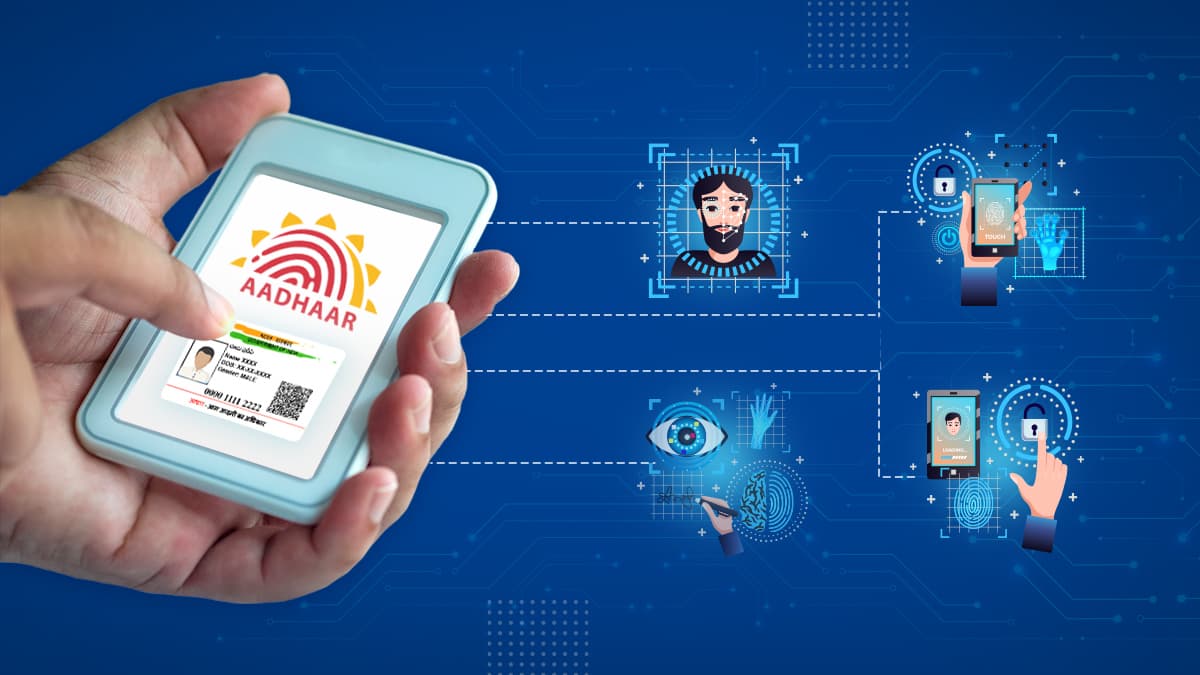


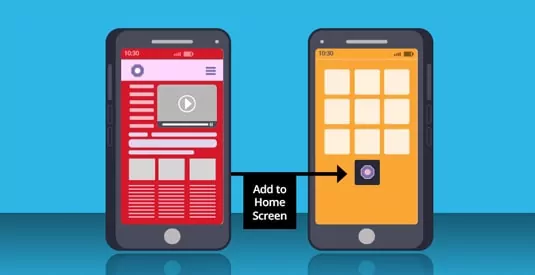

We will verify and publish your comment soon.